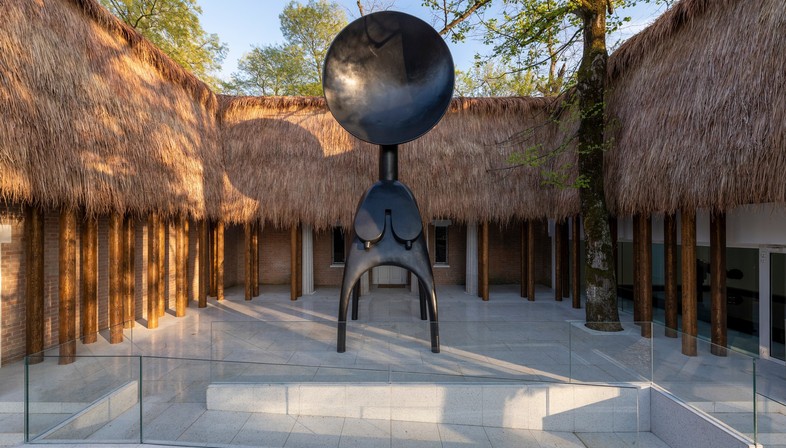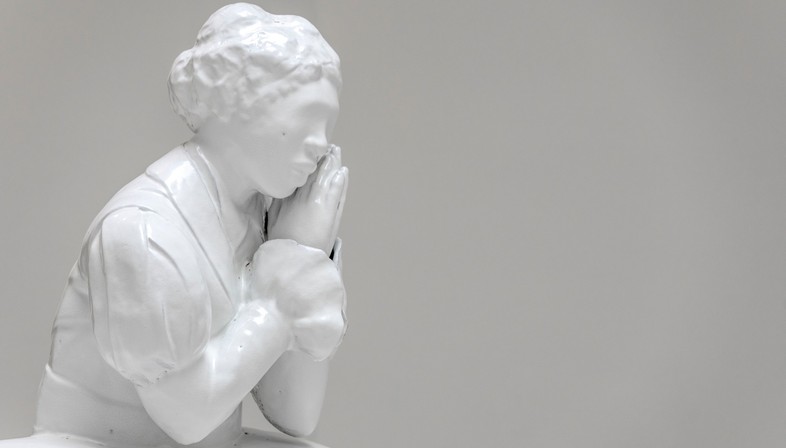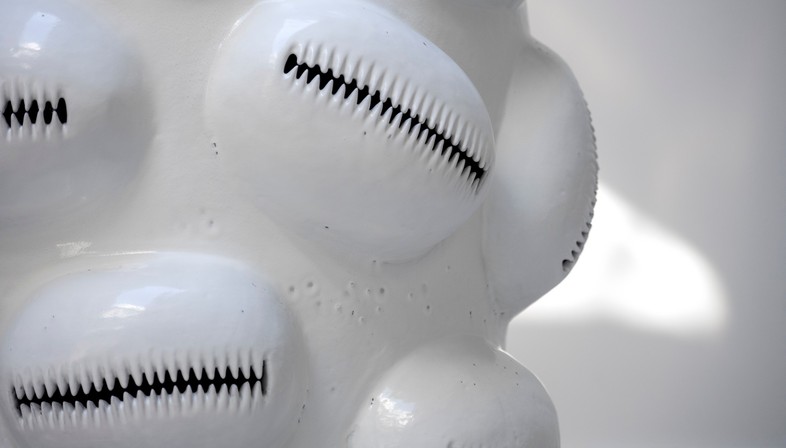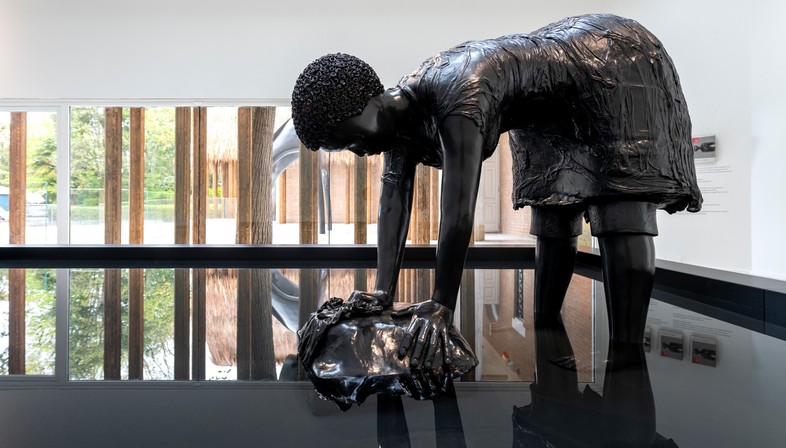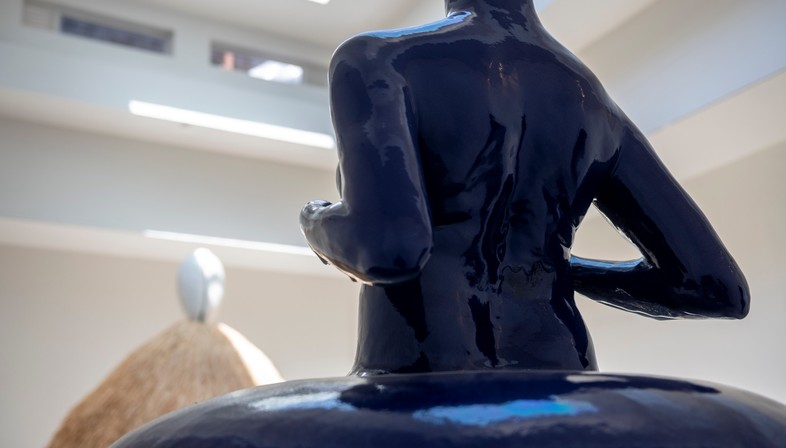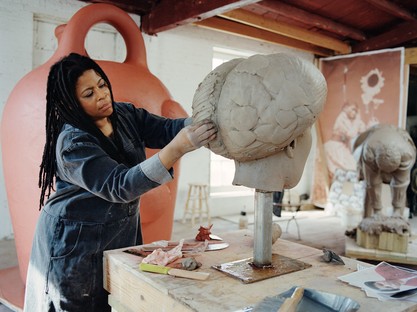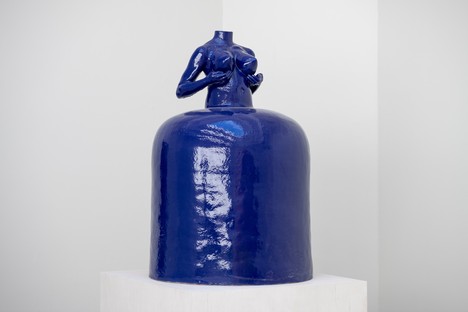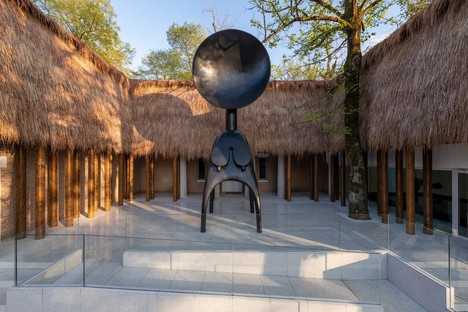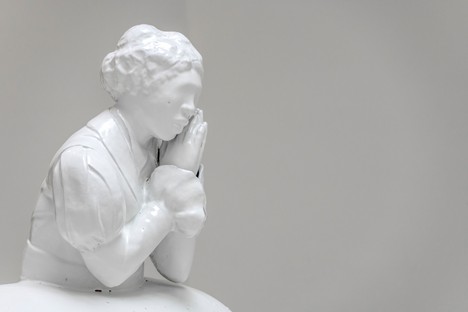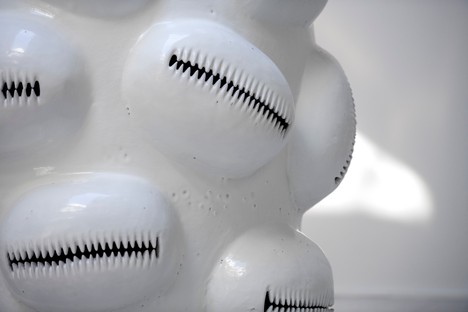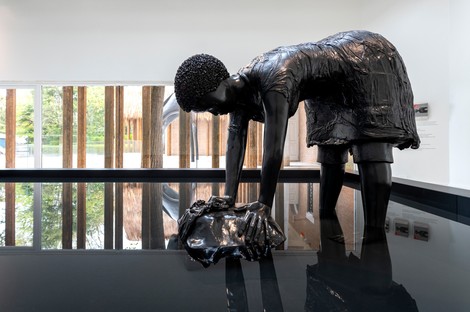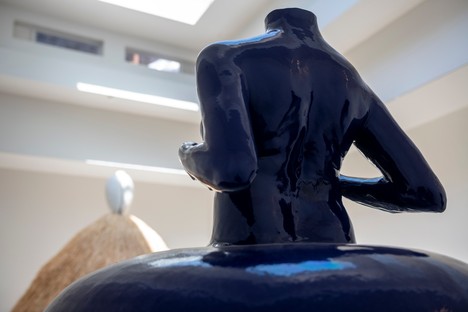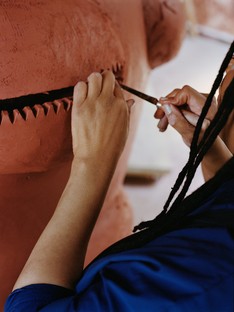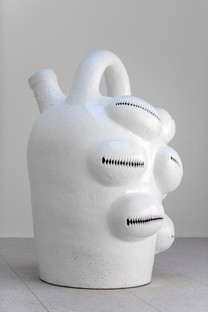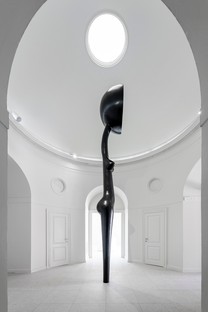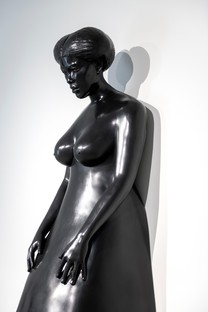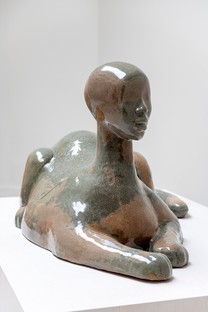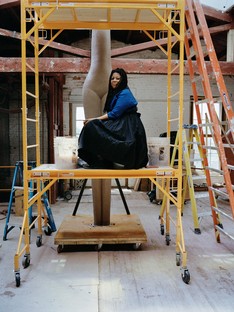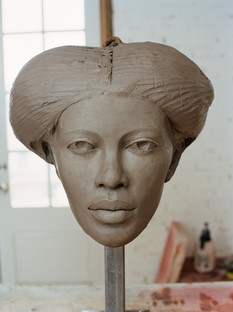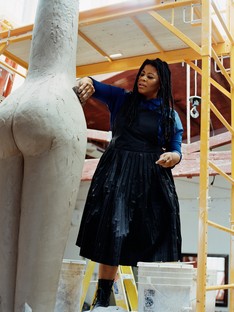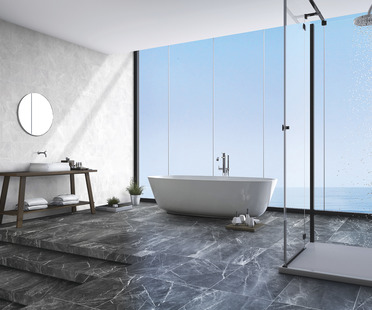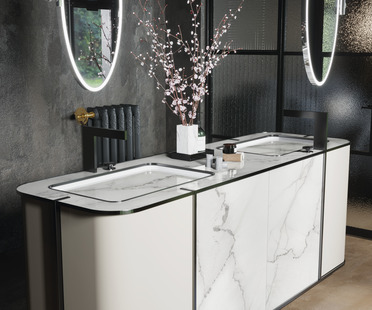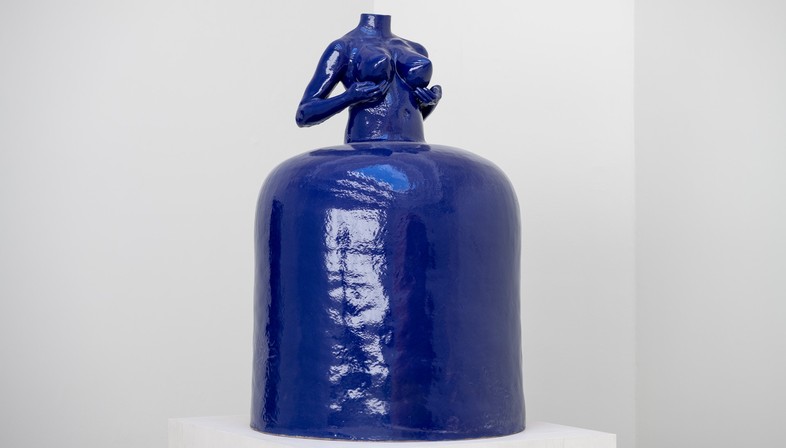
The figures of American artist Simone Leigh - the first Black woman to represent her country at the Venice Biennale - are at once powerful and delicate, silent and explosive, archaic and revolutionary. Awarded the Golden Lion for her large bust entitled ‘Brick House’, part of an exhibition dubbed ‘The Milk of Dreams’, Leigh is the undisputed star of the U.S. pavilion, which brings together a total of nine sculptures, one video and the exterior design of the pavilion itself, which has been transformed into a sort of African building.
Born in Chicago in 1967 to a family of Jamaican missionaries, Leigh has spent the last two decades focusing her research on the bodies of Black women as seen through the lenses of colonialism, racism and the African diaspora, but also the ideas of care, community and beauty. She expresses herself through sculptures, installations, videos and works of relational art. She uses stoneware and bronze casting alongside natural materials such as raffia, tobacco leaves and shells. All her works are centred around a physical, manual action involving clay models wherever possible. These often have hyper-realistic features, sometimes tending towards abstraction, and are almost always linked to a specific historical reference: a photograph, an individual, a situation. ‘Sovereignty’ is the title of her exhibition, commissioned by the ICA (Institute of Contemporary Art) Boston for the U.S. Pavilion in the Giardini della Biennale (in Venice until 27 November 2022).
Leigh has transformed the façade of the American Pavilion - originally built in the 1930s in the Neoclassical style - into a tribal building (dubbed ‘Façade’); to bring this to life, the artist drew inspiration from old postcards from the 1931 Paris International Colonial Exhibition, in which ethnographic pavilions were set up to provide Europe with an insight into the nature of the countries it had colonised. A connection that may seem playful at first glance, but which ultimately proposes a reversal of perspective, a revealing paradox. Standing guard at the entrance to the pavilion is a gigantic bronze figure (‘Satellite’) which echoes a traditional mask in the shape of a female torso as used by the Baga peoples of Guinea to communicate with their ancestors. In this case, the mask has been transformed into a piece of architecture in its own right, with the face shaped like a satellite dish to suggest the ability not only to send messages, but also to intercept and decipher signals that come from outside.
Inside, the first piece encountered by visitors is Leigh’s hyper-realistic sculpture ‘Last Garment’, a bronze figure of a woman washing clothes with her feet immersed in a body of water. The work is modelled on a photo of a washerwoman at work (‘Mammy’s Last Garment’ by C.H. Graves) that was taken in Jamaica in the late 19th century and used as a means of attracting tourists from the Anglosphere to the Caribbean, broadly by suggesting the idea of a place inhabited by a clean, helpful, obliging native population. An image that undoubtedly played to the white man’s sense of ownership, the polar opposite of Leigh’s theme for the pavilion: sovereignty in the sense of self-government and independence, both personal and collective. The artist flips the scene, taking the side of the unwitting washerwoman by lovingly crafting her figure out of clay entirely by hand, then casting it in bronze, drawing upon both photographs and a life model dressed in period clothes; these were produced by costume designer Niki Hall, who researched the clothing of that historical period in great depth. But Simone Leigh’s intense desire for realism didn’t stop there: she then used the same process to painstakingly hand-craft each of the eight hundred rosettes that make up the hair of the woman intent on washing clothes.
“Leigh’s work begins with research but ideas also emerge from the physical act of making sculpture,” says Eva Respini, curator and co-commissioner of the Pavilion. “Her hand is present in all stages of the making. This is part of what makes her sculptures so powerful. The strong presence of the artist’s hand brings to light the fundamental subject matter of the labour of black women both physical and intellectual, a labour that has gone often unseen and unacknowledged”. Simple clay for her models and stoneware for many of her sculptures: these are Leigh’s preferred materials. Ancestral, down-to-earth and communicative, they are capable of absorbing and rendering all the artist’s emotions, reflections and feelings in high fidelity.
Antonella Galli
Captions and credits
01, 08, 13-15: Simone Leigh, 2021. Artworks © Simone Leigh. Courtesy of the artist and Matthew Marks Gallery. Photo credit: Shaniqwa Jarvis
02 Simone Leigh, Martinique, 2022. Glazed stoneware (154.3 × 104.8 × 101 cm). Courtesy of the artist and Matthew Marks Gallery. Photo by Timothy Schenck. © Simone Leigh
03 Simone Leigh: Façade, 2022. Thatch, steel, and wood. Satellite, 2022. Bronze (7.3 × 3 × 2.3 m). Courtesy of the artist and Matthew Marks Gallery. Photo by Timothy Schenck. © Simone Leigh
04 Simone Leigh, Anonymous (detail), 2022. Glazed stoneware (184.2 × 135.9 × 109.9 cm). Courtesy of the artist and Matthew Marks Gallery. Photo by Timothy Schenck © Simone Leigh
05 e 09 Simone Leigh, Jug, 2022. Glazed stoneware (158 × 103.5 × 116.2 cm). Courtesy of the artist and Matthew Marks Gallery. Photo by Timothy Schenck. © Simone Leigh
06 Simone Leigh, Last Garment, 2022. Bronze (137.2 × 147.3 × 68.6 cm). Courtesy of the artist and Matthew Marks Gallery. Photo by Timothy Schenck. © Simone Leigh
07 Installation view, Simone Leigh: Sovereignty, Official U.S. Presentation, 59th International Art Exhibition, La Biennale di Venezia, 2022. Courtesy of the artist and Matthew Marks Gallery. Photo by Timothy Schenck. © Simone Leigh
10 Simone Leigh, Sentinel, 2022. Bronze (492.8 × 99.1 × 59.1 cm). Courtesy of the artist and Matthew Marks Gallery. Photo by Timothy Schenck. © Simone Leigh
11 Simone Leigh, Sharifa (detail), 2022. Bronze (283.2 × 103.5 × 102.9 cm). Courtesy of the artist and Matthew Marks Gallery. Photo by Timothy Schenck. © Simone Leigh
12 Simone Leigh, Sphinx, 2022. Glazed stoneware (75.6 × 144.1 × 88.9 cm). Courtesy of the artist and Matthew Marks Gallery. Photo by Timothy Schenck. © Simone Leigh










